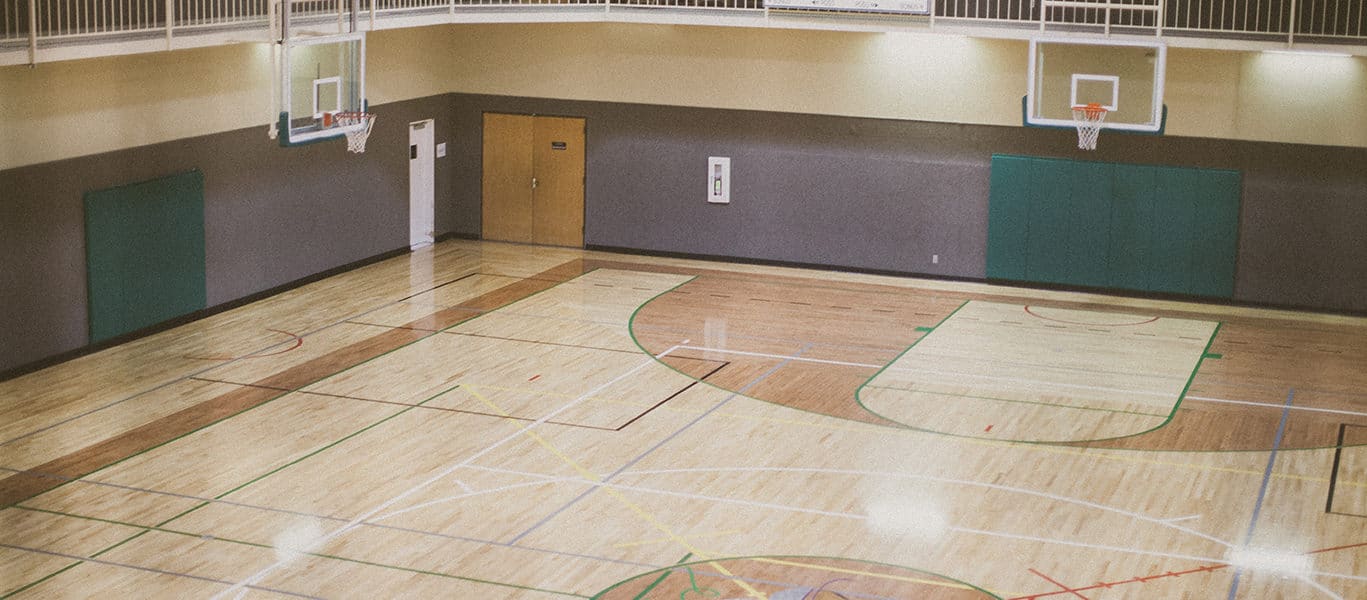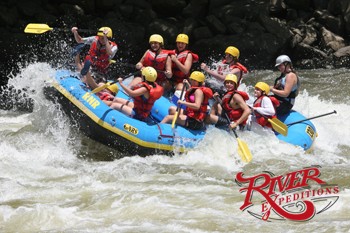By David Waddell
It was the weirdest of times, it was the worst of times. My apologies to Charles Dickens, who famously penned the original quote, “It was the best of times, it was the worst of times” as the opening statement in his book, A Tale of Two Cities.
The revision I offer for this article is appropriate for how many sports and recreation ministers have dealt with the pandemic. Covid-19 has us longing to return to what was normal or, instead, a visit to the “new normal.”
Churches dealt with diminishing donations and limited contact with their membership. Worship services went online while sports leagues, fitness classes, and outdoor recreation programs faced cancellation. The churches closed the recreation centers, developed some online fitness courses, and used teleconference programs to keep people connected socially.
Many church recreation centers have reopened, following the same guidelines given to fitness and recreation centers. However, other sports, recreation, and fitness ministries may fall due to the pandemic on another side of this normal. Many ministries in this area are required by their churches to create their funding. In other words, no programs, no money to pay staff, utilities, or program expenses.
If you’ve made it this far, you are one of my heroes. Many churches have resumed meeting in person with social distancing guidelines. The church I attend used to have the “meet and greet” time in the service where you could go shake hands and say “Howdy” to people in the service.
With this “new normal,” those activities are limited. I sent an email to my pastor, asking if we could, at a minimum, have a time where everyone could turn around and nod or wave at people in the congregation. No response as of yet, so I’m doing this on my own.
We long for a return to normalcy. How long will it take to get there? Will we ever get there?
What is normal? I discovered in raising children that “normal” changed with each child. For example, when my oldest son was getting to the pacifier stage of life, his mother and I took every effort to make sure he would be germ-free. Whenever he would spit the pacifier onto the floor, we would get a pot of water, boil the pacifier to remove all the evil germs, cool it off, and place it back in his mouth.
When our second-born son came around with a similar scenario, we would wash the pacifier off with hot water from the faucet, let it cool and stick it back in his mouth. When our third son was in the same stage and dropped his pacifier, we would pick it up, pull the dog hair off it, and pop it in his mouth. It’s good that we stopped having children at that point. A fourth child would not like where his or her new normal would land.
I’m glad to report that my differing normals did not affect their growth into amazing Christian men and fathers. They are creating their new levels of normal with my grandchildren.
So, then, what will the changing normal look like for those involved in sports, recreation, and fitness ministries? I don’t claim any clairvoyance on the issue, but here’s a few paths I could see happening in the “new normal.”
Redefine Success
Far too long, we have judged sports, recreation, and fitness programs by the number of teams in a league or a fitness class size. With a pandemic that gets worse by gathering large crowds, it behooves our ministries to define success by changed lives rather than the number of people involved.
In the book Worship Wars, I point out the uselessness of judging success by numbers:
“If numbers are such indicators of church health, why is it that God let the size of Gideon’s army dwindle?
When we rely on numbers to dictate success, we claim the glory for ourselves rather than giving it to God.”
Through this pandemic, God has given us a chance to minister to others without size or numbers being the measuring stick.
Continued Online Presence
If occurrences of Covid-19 were to rise again, churches might end up going back to more online ministries. Our sports, recreation, and fitness ministries can join in on this component. Fitness ministries can continue with teleconferencing into the homes of the church membership and community. Coaches in youth sports can assign drills for their players to practice in their backyards and driveways.
Social Distancing
Several activities can continue in sports, recreation, and fitness ministries by using masks and limiting class size while utilizing social distancing. At the University of Mississippi, we have spaced the desks and seating assignments in classrooms so that students may attend classes in person. Creative scheduling with fitness classes and sports practices can allow certain activities to proceed, as well.
Outdoor Events
As weather permits, churches can program a variety of activities in the outdoors. Professionals in the medical field tell us that outdoor events are safer amid this pandemic. By spacing our participants, we can continue with programs in outdoor venues.
Reaching the Community
The best part of the “new normal” may be in the number of people in the community with no church connections that might join your events and activities. The community probably feels tired and bombarded by the effects of the pandemic.
As bad news continues to spread, it is our opportunity to supply the Good News. Sports, recreation, and fitness have always been, in this culture, a fantastic way to care for and minister to a hurting community.
Through these “weirdest of times,” stay connected to your network of other sports, recreation, and fitness ministry leaders. I’ll be praying for you.
David Waddell is a long-time veteran of local church ministry leadership and currently teaches Sport and Recreation Administration at the University of Mississippi. The Board of Trustees for the Association for Church Sports and Recreation Ministers (CSRM) named him Executive Director in 2018, www.csrm.org.













